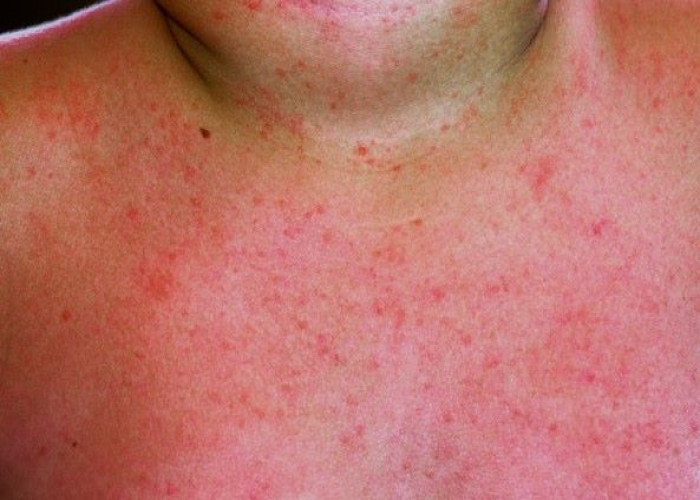 Welcome
Welcome
“May all be happy, may all be healed, may all be at peace and may no one ever suffer."
Heat rash

Heat rash, also known as prickly heat, is a common skin condition that occurs when sweat ducts become clogged, usually in hot and humid weather. The rash appears as small, raised bumps that may be red or pink in color and often develops on the neck, chest, back, and other areas of the body that are prone to sweating.
Heat rash is not a serious condition and usually resolves on its own within a few days. Treatment typically involves keeping the affected area cool and dry, avoiding tight clothing and excess sweating, and using calamine lotion or other soothing topical treatments to alleviate itching or discomfort.
To prevent heat rash, it is important to avoid prolonged exposure to high temperatures and humidity, especially during the hottest parts of the day. Wear lightweight and loose-fitting clothing, use fans or air conditioning to stay cool, and take frequent breaks in a cool or shaded area to help prevent excess sweating and the development of heat rash.
If the heat rash does not improve or becomes more severe, it is important to see a doctor for evaluation. In some cases, heat rash can become infectious, and medical treatment may be necessary to prevent further complications.
Research Papers
Disease Signs and Symptoms
- The mildest form of heat rash
- Swelling and tenderness near the affected area
- Fever and chills
- It can also show up in the armpits, elbow creases and groin.
- A core body temperature of 104 F (40 C) or higher, obtained with a rectal thermometer, is the main sign of heatstroke.
- Skin rash
Disease Causes
Heat rash
Heat rash develops when some of your sweat ducts clog. Instead of evaporating, perspiration gets trapped beneath the skin, causing inflammation and rash.
It's not always clear why the sweat ducts become blocked, but certain factors seem to play a role, including:
- Immature sweat ducts. A newborn's sweat ducts aren't fully developed. They can rupture more easily, trapping perspiration beneath the skin. Heat rash can develop in the first week of life, especially if the infant is being warmed in an incubator, is dressed too warmly or has a fever.
- Tropical climates. Hot, humid weather can cause heat rash.
- Physical activity. Intense exercise, hard work or any activity that causes you to sweat heavily can lead to heat rash.
- Overheating. Overheating in general — dressing too warmly or sleeping under an electric blanket — can lead to heat rash.
- Prolonged bed rest. Heat rash can also occur in people who are confined to bed for long periods, especially if they have a fever.
Disease Prevents
Heat rash
To help protect yourself or your child from heat rash:
- Avoid overdressing. In summer, wear soft, lightweight, cotton clothing. In winter, children should dress only as warmly as an adult.
- Avoid tightfitting clothes that can irritate skin.
- When it's hot, stay in the shade or in an air-conditioned building or use a fan to circulate the air.
- Keep your sleeping area cool and well-ventilated.
Disease Treatments
Avoiding overheating may be all you need to do for mild heat rash. Once skin is cool, heat rash tends to clear quickly.
Ointments
More-severe forms of heat rash may require ointments you apply to your skin to relieve discomfort and prevent complications. Such topical treatments may include:
- Calamine lotion to soothe itching
- Anhydrous lanolin, which may help prevent duct blockage and stop new lesions from forming
- Topical steroids in the most serious cases
Lifestyle and home remedies
Tips to help your heat rash heal and to be more comfortable include the following:
- In hot weather, dress in loose, lightweight clothing that wicks moisture away from your skin.
- Spend as much time as possible in air-conditioned buildings.
- Bathe or shower in cool water with nondrying soap, then let your skin air-dry instead of toweling off.
- Use calamine lotion or cool compresses to calm itchy, irritated skin.
- Avoid using creams and ointments that contain petroleum or mineral oil, which can block pores further.
Disease Diagnoses
Disease Allopathic Generics
Disease Ayurvedic Generics
Disease Homeopathic Generics
Disease yoga
Heat rash and Learn More about Diseases

Soft tissue sarcoma
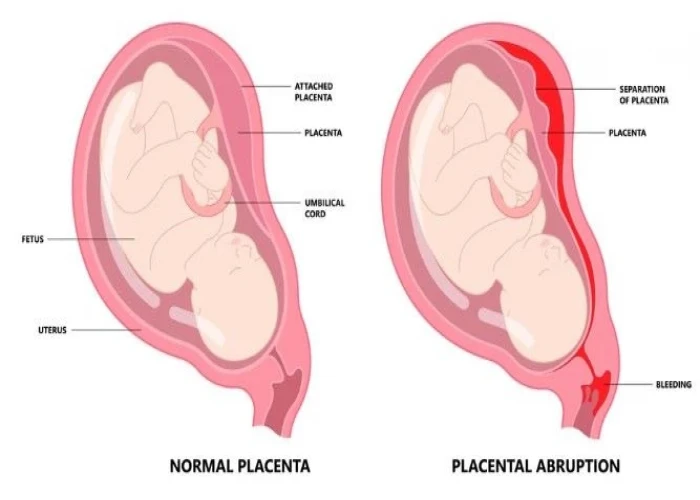
Placenta accreta

Anthrax
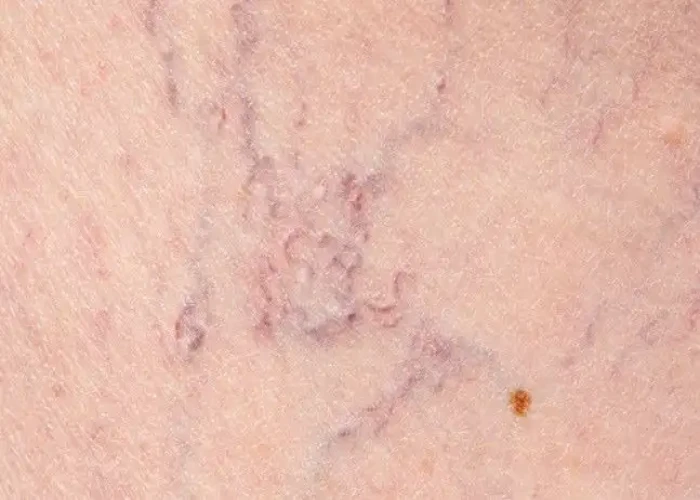
Small vessel disease

Anorgasmia in women
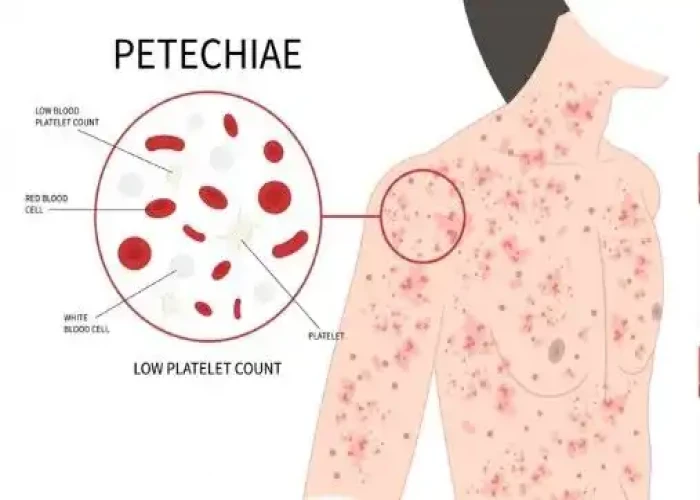
Thrombocytopenia (low platelet count)
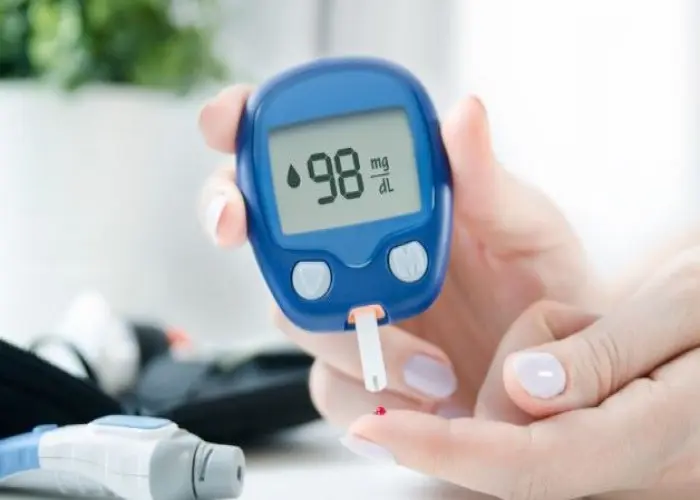
Hyperglycemia in diabetes

Focal segmental glomerulosclerosis (FSGS)
heat rash, গরমের ফুসকুড়ি
To be happy, beautiful, healthy, wealthy, hale and long-lived stay with DM3S.
